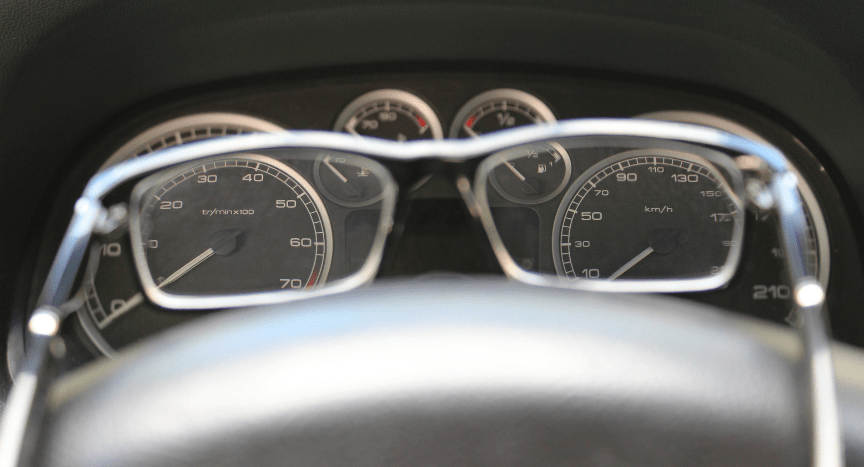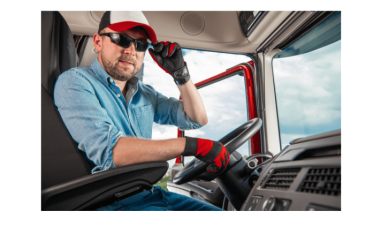Amazon is testing a new piece of wearable tech that could change the way last-mile drivers handle their routes. The company has rolled out a prototype pair of AI-powered glasses called Amelia, designed to put navigation, package info, and safety alerts directly in front of the driver’s eyes — no phone juggling, no stopping to check a screen.
For drivers who spend their days hopping in and out of a van, scanning packages, watching for hazards, and racing the clock, Amazon is pitching Amelia as a tool that keeps your hands free and your eyes where they need to be.
What These Glasses Actually Do on the Road
Instead of constantly glancing down at a handheld device, Amelia shows the essentials right in thedriver’s line of sight. Real-time directions, delivery instructions, and parcel details appear only when needed, helping cut down the stop-and-check routine that slows drivers down and pulls attention away from the surroundings.
Beryl Tomay, Amazon’s Vice President of Transportation, explained the test rollout:
“We’re testing it at several locations with over a dozen delivery service partners and hundreds of drivers across the country.”
She described how the system works once it’s activated:
“The computer vision and AI-powered glasses act as a smart companion for drivers, displaying real-time navigation and delivery instructions conveniently in the driver’s field of view. This offers a hands-free option for drivers to get delivery information at each stop, which helps drivers keep a safer eye on their surroundings instead of looking down at a phone.”
The glasses stay off when the vehicle is moving to avoid distractions. As soon as the van is parked, they switch on automatically and start guiding the driver through the next steps — locating the right package, finding the safest path to the door, and calling out hazards such as animals in the yard.
To keep them lightweight, the computing power sits in a small controller tucked into the driver’s vest. The glasses connect to it, allowing them to scan packages, take proof-of-delivery photos, and process visual info without slowing down.
Real Drivers Testing Them Out
Amazon says the technology can shave about half an hour off a full delivery day because there’s no need to pick up or set down a device at every stop. For drivers managing tight routes or dealing with constant interruptions, the saved time adds up fast.
Kaleb, a delivery driver testing the prototype in Omaha, explained the difference he noticed on his route:
“I felt safer the whole time because the glasses have the info right in my field of view. Instead of having to look down at a phone, you can keep your eyes forward and look past the display – you’re always focused on what’s ahead.”
Amazon emphasized the safety purpose behind the design:
“We’re leveraging the latest advancements in AI to create an end-to-end system where technology supports an even safer and more seamless delivery experience along every step of their journey – from inside our delivery stations, to over the road, to the last hundred yards to a customer’s doorstep.”
Why Tech Companies Care About Smart Glasses
Amazon isn’t the only company betting that glasses might be the next big thing in wearable tech. Other major players are also pushing eyewear that works as an always-available smart assistant.
Meta CEO Mark Zuckerberg views glasses as the future interface for personal AI tools, saying:
“Glasses are the ideal form factor for personal superintelligence, because they let you stay present in the moment while giving access to all the AI capabilities that make you smarter.”
As more companies invest in this technology, logistics is becoming one of the main industries expected to adopt it first. For last-mile drivers dealing with repetitive tasks and tight deadlines, hands-free tech offers a real advantage over traditional handheld devices.
What’s Next for Amelia?
Amazon is already looking at the next round of upgrades. Potential features include:
- Better low-light visibility
• Smarter detection of animals or blocked paths
• Alerts for incorrect delivery locations
• Even faster scanning and proof-of-delivery capture
With the extended reality (XR) market predicted to more than double within the next few years, Amazon’s prototype is timed perfectly to push delivery operations deeper into wearable tech.
For now, Amelia is still being tested, but the message is clear: Amazon is preparing for a future where last-mile drivers work with AI tools that fit right onto their faces, not in their hands.
Source: Supply Chain Digital








